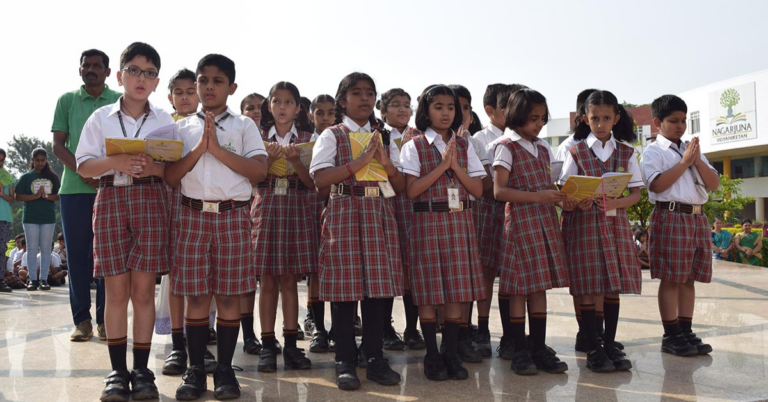Addressing Learning Losses Due to the COVID-19 Pandemic
Extended periods of school closures have presented significant challenges for student achievement across the globe. With the shift to remote learning, many students have faced obstacles in maintaining the same level of academic progress as they would in a traditional classroom setting. The lack of in-person interaction with teachers and peers has created a barrier for some learners to fully engage in their studies and receive timely feedback on their work.
Furthermore, disparities in access to technology and resources have widened the achievement gap among students. Those from lower-income households or rural areas may struggle to afford or have limited access to the necessary tools for online learning, placing them at a disadvantage compared to their peers with greater resources. As a result, educators and policymakers must consider the lasting effects of extended school closures on student achievement and work towards implementing targeted interventions to support those who have been most affected.
Challenges Faced by Students in Remote Learning Environments
Remote learning environments have introduced several challenges for students worldwide. The absence of face-to-face interaction with teachers and classmates can lead to feelings of isolation and disconnection. Students may struggle to stay engaged and motivated, particularly when learning independently without the structure of a physical classroom.
Furthermore, technological barriers such as lack of access to reliable internet connection or proper devices can hinder students’ ability to participate fully in remote learning. This digital divide disproportionately affects students from low-income households who may not have the resources to keep up with online coursework. As a result, these students may fall behind academically and face difficulties in mastering the required material.
Strategies for Identifying and Addressing Learning Gaps
It is crucial for educators to implement targeted assessments to identify specific areas where students may be struggling academically. These assessments should provide valuable insights into individual student needs, allowing for personalized intervention strategies to be put in place. By closely analyzing assessment data, educators can pinpoint key areas of concern and tailor their instructional approach to address these learning gaps effectively.
In addition to assessments, regular progress monitoring is essential in tracking students’ academic growth and ensuring that interventions are yielding positive results. By consistently monitoring student progress, educators can make data-driven decisions to adjust instructional strategies as needed and provide ongoing support to students who require additional assistance. This proactive approach to identifying and addressing learning gaps is essential for promoting student success and closing achievement disparities.
How has extended school closures impacted student achievement?
Extended school closures have led to learning gaps among students as they have missed out on valuable classroom instruction and support.
What are some challenges faced by students in remote learning environments?
Some challenges include lack of access to technology and internet, distractions at home, lack of motivation, and difficulties in understanding and completing assignments without direct teacher support.
How can educators identify learning gaps in students?
Educators can use formative assessments, standardized tests, student work samples, and student-teacher conferences to identify learning gaps in students.
What are some strategies for addressing learning gaps in students?
Strategies include providing targeted interventions, personalized learning plans, extra support through tutoring or small group instruction, and implementing differentiated instruction techniques.







